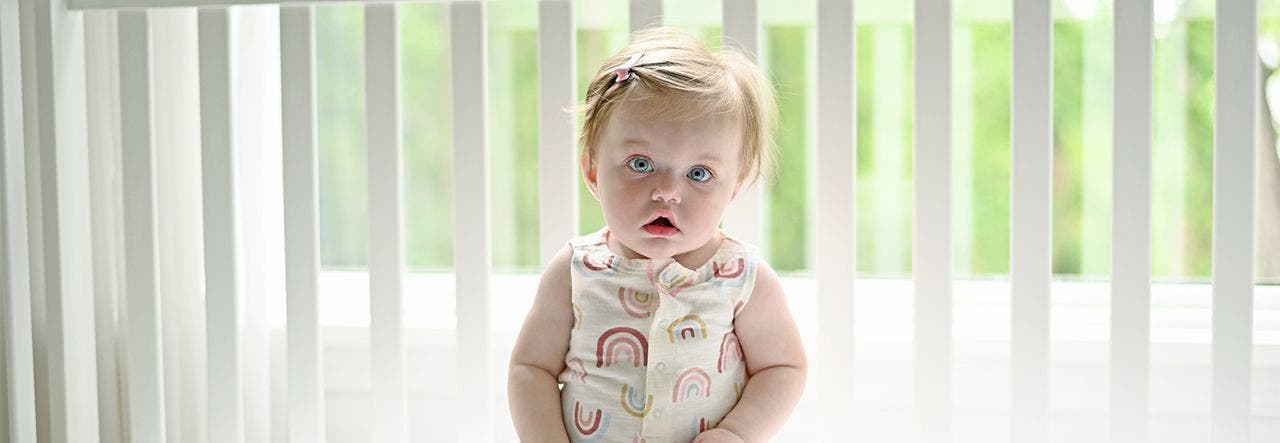The Conscious Parent's Guide to Greenwashing
“Non-toxic,” “eco-friendly,” “clean” … the age of mindful consuming is here, and it is so evident in the way new products are marketed. And we’re here for it! The trend toward consumer products that honor our health and our planet is a step in the right direction for everyone – especially parents.
Our little ones are so new to the world … which makes shopping non-toxic even more important. They’re especially vulnerable to the harmful chemicals and materials that are all-too common in conventional consumer products. Certainly, manufacturers wouldn’t use questionable materials and deceptive marketing tactics in situations where our children’s health is on the line … right? Wrong.
In fact, with the rise of the sustainability movement globally, manufacturers looking to capitalize on consumers’ desire to do better are making it harder and harder for consumers to shop mindfully … and to protect their families from toxic chemicals, too.
So, how can parents consume mindfully, protect their children from harmful chemicals and not harm Mother Earth in the process? Step one is to learn to recognize and avoid greenwashing.
What Does Greenwashing Mean?
The term “greenwashing” actually comes from a term most of us are probably familiar with: whitewashing. To whitewash is to deliberately attempt to conceal unpleasant or incriminating facts. Greenwashing has a quite similar meaning.
Also known as green sheen or green marketing, greenwashing is a deceptive marketing tactic designed to make you believe that a product or organization is greener than it actually is. Companies make false or misleading claims about how environmentally friendly their products, services or business practices are through channels such as:
- Advertising
- Public relations campaigns
- Rebranding
- Mission and vision statements
- Packaging
- Alleged partnerships
Have you heard of a lie of omission? Greenwashing can also mean not communicating … as in withholding information that reflects poorly on a company.
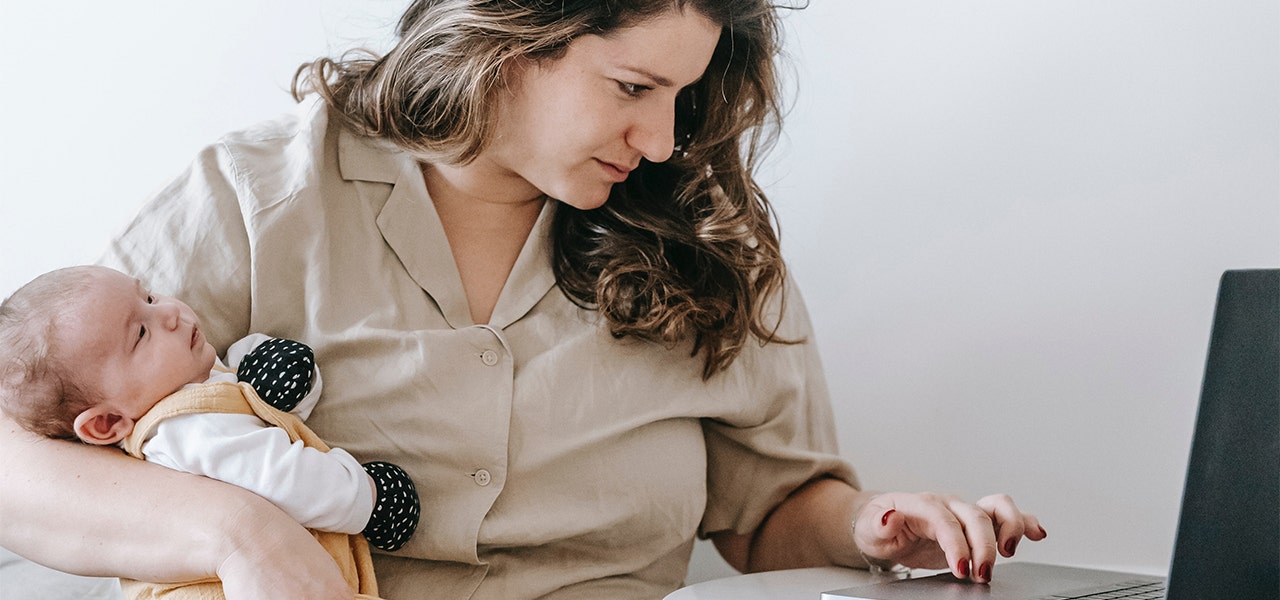

Beware! 6 Common Greenwashing Tactics
Greenwashing can be as simple as using vague, undefined terms, like “green” or “sustainable” without backing them up. But, it can also be more complicated, subtle and hard to catch. Watch out for these greenwashing tactics when shopping for crib mattresses and other products for your little ones.
1. All Talk, No Certifications
Unfortunately, we live in a world where even serious claims like “non-toxic,” “cruelty free” and “climate neutral” don’t mean anything unless you can back them up. A product isn’t non-toxic unless it’s certified non-toxic – and luckily, there are some great third-party organizations giving claims like this a second set of eyes.
Always look for these third-party certifications and verifications when vetting a company or product. MADE SAFE®, GREENGUARD® Gold and UL Formaldehyde Free are a few you can trust.
2. Fake Endorsements
So, you see a product that claims to be “100% Natural,” and know right away not to trust it at first blush. But then you notice that there’s a very-legitimate looking logo next to the claim, right alongside other certifications … so it must be true, right?
Not necessarily. Take a closer look. Is there an official organization associated with this emblem or seal? If none is mentioned, then it’s likely that the manufacturer just created a graphic resembling an official logo to make you think their claim was third-party verified.
3. Red Herrings
Have you heard of a red herring? It’s a rhetorical practice that aims to mislead or distract from a relevant or important question, ultimately leading to a false conclusion.
How does this translate to marketing?
A manufacturer may claim that their products are free of a toxic chemical … that would never be used in their type of product anyway. Or, they may promote that they don’t use a certain chemical … without mentioning that it has been legally banned, and nobody uses it.
Research and think critically about every claim you read, and keep in mind that a red herring is a big red flag.
4. Green Imagery


Lush forests, sparkling streams, surreal beach sunsets – when a product or product marketing looks green, we want to believe that it is green. Don’t be fooled!
Websites, packaging and marketing materials often use serene, natural imagery to convey an inflated sense of eco-friendliness. It’s green, right? Look beyond the images and read the ingredient labels. You may be surprised at what you find out.
5. The Lone “Green” Product
It’s important to take a holistic approach to vetting sustainable products. What else does the manufacturer make?
If their product lineup only offers a couple non-toxic products, with the rest containing toxic chemicals, there's a good chance that their “green” option is manufactured at the same factory … and susceptible to cross contamination. They may claim that their “green” option is 100% non-toxic … but can they really know that? Can you?
6. Hidden Partnerships and Investment
It’s not enough to just create eco-friendly products anymore. Organizations that claim to be green need to be giving back to the Earth – and not supporting organizations that harm it.
Look into what other companies this brand is associated with. For example, do they produce climate neutral products but invest in endeavors that cause pollution? If they're just after the sales, not the cause … anything's free game.
Why Many Crib Mattresses Aren't So Green


Most conventional crib mattresses today are made with foams that contain a significant amount of VOCs. These volatile organic compounds – also known as “forever chemicals” – off gas into the air and wreak havoc not only on your baby’s health, but on the environment, too!
When exposed to sunlight, VOCs react with other gases and create ground-level smog that can trigger diseases in plants, inhibit seed production and block fertilization. Methane, a greenhouse gas, is often released in conjunction with VOCs, too. VOC emissions can even lead to acid rain when they react with water and raise the pH level of fragile ecosystems, kill fish, wash away essential nutrients from forests and contaminate foliage.
How to Vet Baby Products for Greenwashing
The best way to protect yourself from greenwashing when crib mattress shopping is to research before you buy. This may include:
- Looking for third-party certifications
- Reading the Federal Trade Commission’s green guidelines
- Researching products on trusted databases
Lullaby Earth Has Got You Covered!
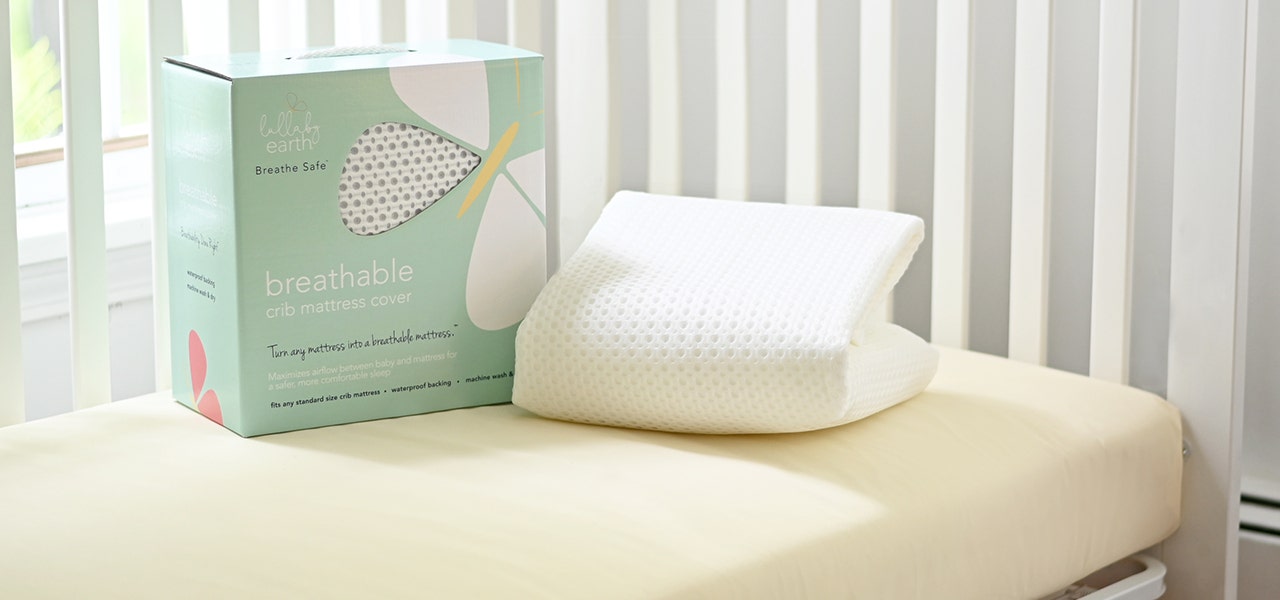

Lullaby Earth proudly stands behind the materials we use in our baby mattresses and accessories, and we have the certifications, recommendations and awards to prove it. Our non-toxic crib mattresses and accessories are designed not just by environmental engineers and sustainability advocates, but by real parents, too – who have the same concerns as you. Our mission is to create the safest and healthiest crib mattresses on the planet (and FOR the planet) at prices that everyone can afford.
Check out Lullaby Earth’s non-toxic crib mattresses and accessories. Looking to take steps toward protecting your baby from toxic chemicals beyond just their mattress? Read our guide to setting up a non-toxic nursery.

 Baby
Baby
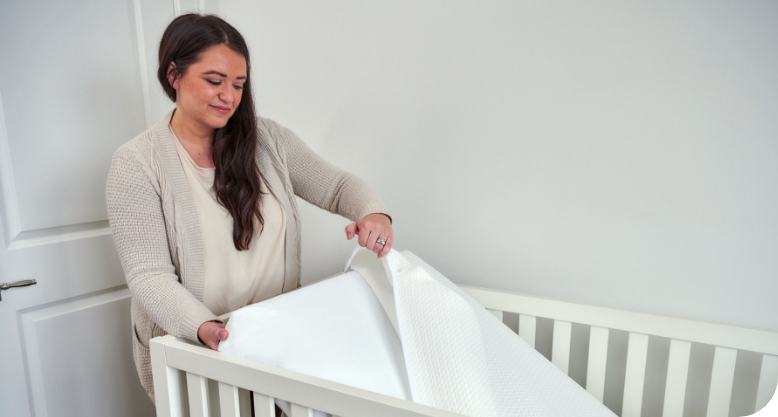
 Kids
Kids

 Learn
Learn
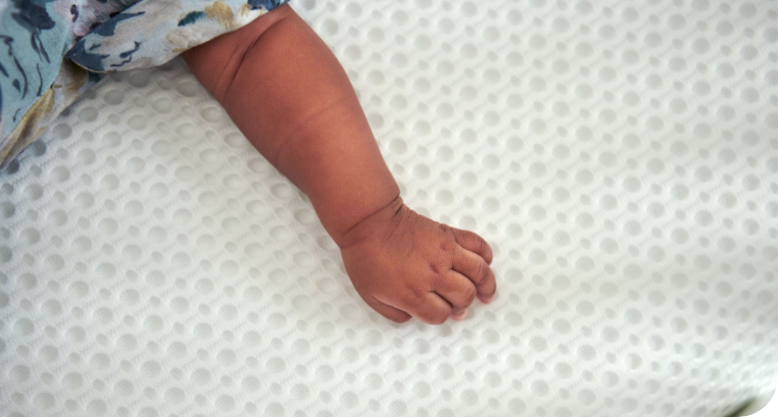
 FIND A STORE
FIND A STORE CONTACT
CONTACT